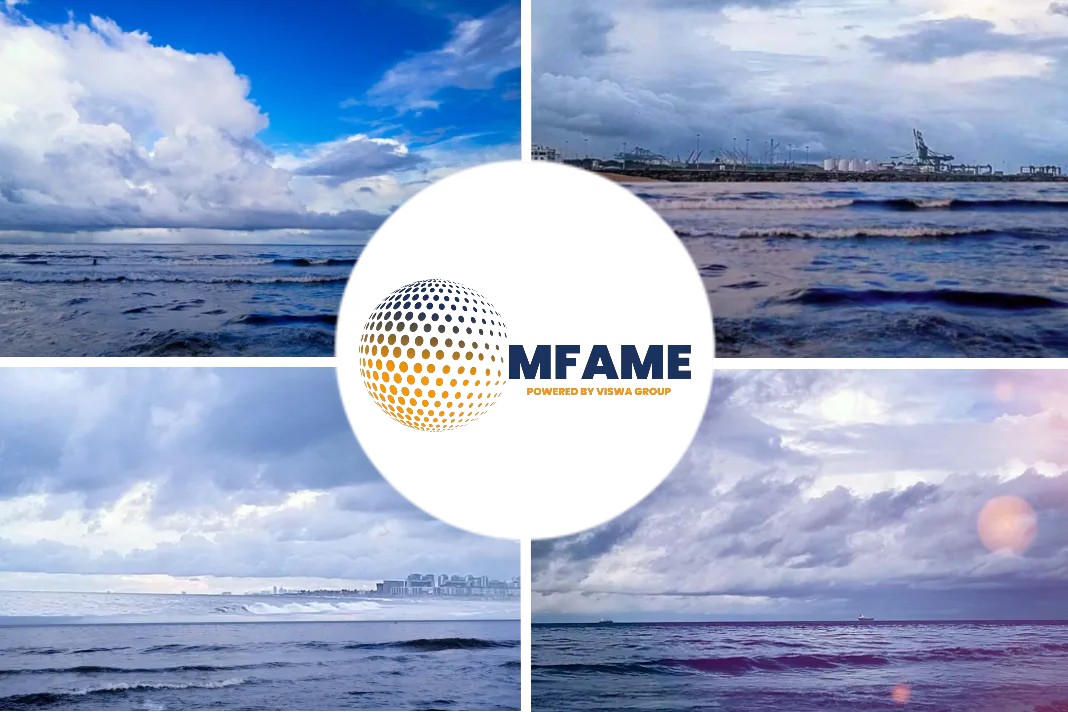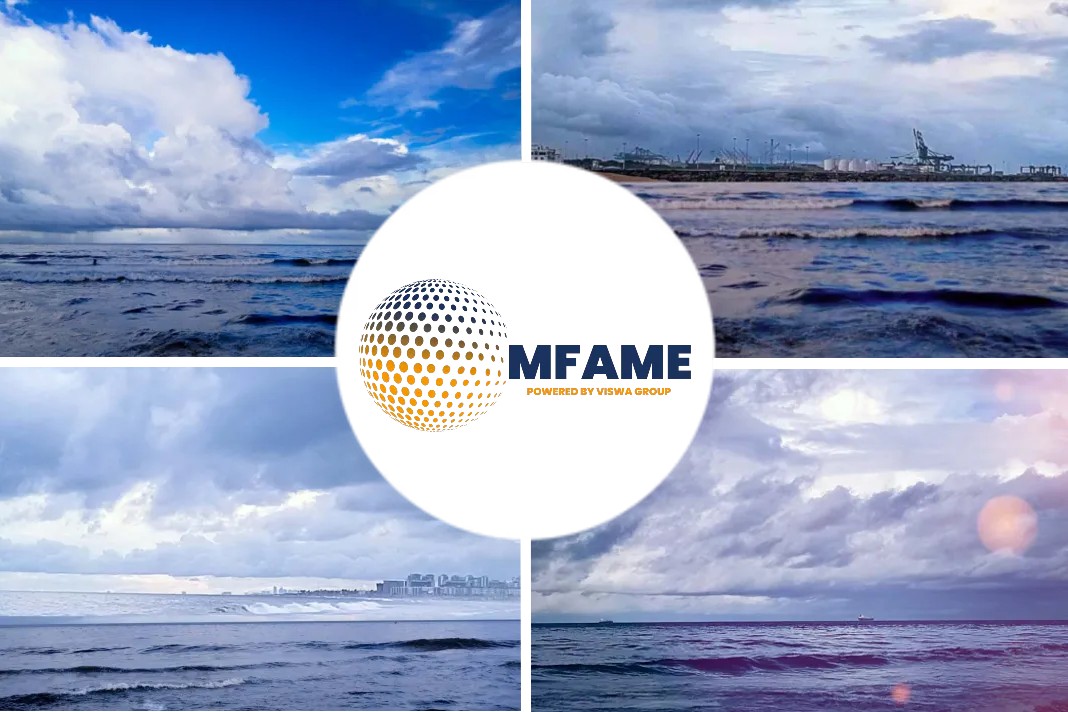Over the last few months Hydrex teams travelled across Europe to perform hull repairs on a wide range of vessels, including a cruise ship, a container vessel, a drill ship, a roro vessel and a tanker.
Hydrex, in its recent publication has given summary of a few under water operations to illustrate the diversity of shell plating repairs our diver/technicians are trained for.
Here’s an excerpt from it.
1. Insert repairs in Rotterdam and Palermo
Using an external cofferdam
In Rotterdam Hydrex team performed insert repairs on a 145-meter tanker and a 300-meter container vessel. These operations were carried out afloat with the use of an external cofferdam.
Hydrex have a wide range of standard cofferdams available at our offices, but a tailor-made cofferdam can also be created to fit a specific hull shape. This was the case for the insert repair on a 228-meter drill ship in Palermo, Italy.
Installation of cofferdam
Hydrex divers start an insert operation by installing a cofferdam on the waterside of the affected plating. Next they remove any frame, pipe or other obstacle covering the area on the inside. The damaged plating is cleaned and prepared for the operation.
Removal of damaged plating
A section of the damaged plating is then removed. The size of this area is decided in communication with the classification society and the owner.
Insert & position new plate
Next the team prepares the edges of the hole for the insert and they position the new plate. The insert is then welded following the Hydrex procedure for insert plates, using a full penetration weld.
Ultrasonic testing
Next an independent inspector carries out ultrasonic testing and the repair is approved by the classification surveyor who is present during the operation. Finally Hydrex team reinstall any obstacles they removed and detach the cofferdam from the hull.
2. Crack repair in Zeebrugge
For smaller damages like crack repairs, it is not always necessary to install a new insert. This was the case for a 180-meter roro vessel in Zeebrugge, Belgium that had a leak in its ballast tank.
As Hydrex’s fast response centers have a large stock of state-of-the-art equipment ready, mobilization for smaller operations like this can be almost immediately.
Inspection of the damaged area
When the work area was certified gas free, Hydrex divers started the operation with an inspection of the damaged area and this on both sides of the hull.
Installation of cofferdam
Next the team installed a cofferdam on the outside of the hull. This allowed them to perform work on the crack inside the ballast tank without water ingress.
Removal of frames
The team then removed the frames to get access to the crack and take the exact measurements: 510 mm. The crack was ground out over its entire length and filled with our class approved full penetration welding.
Repair was inspected and approved
The repair was inspected and approved by the attending class surveyor. Hydrex team concluded the repair by removing the cofferdam.
No drydock
As a result of this temporary repair the owner of the vessel did not have to go off schedule for an emergency visit to drydock but could make arrangements for a follow up repair at a more convenient time and location.
Conclusion
Hydrex team has the know-how and experience needed to find the best solution for any problem that might be encountered with ships. This can be a simple routine repair or a unique complex one, as illustrated by these case studies.
All repairs are performed at the highest technical standards by our teams following in-house developed procedures. These operations are approved by the major classification societies.
Did you subscribe to our daily newsletter?
It’s Free! Click here to Subscribe!
Source: Hydrex























